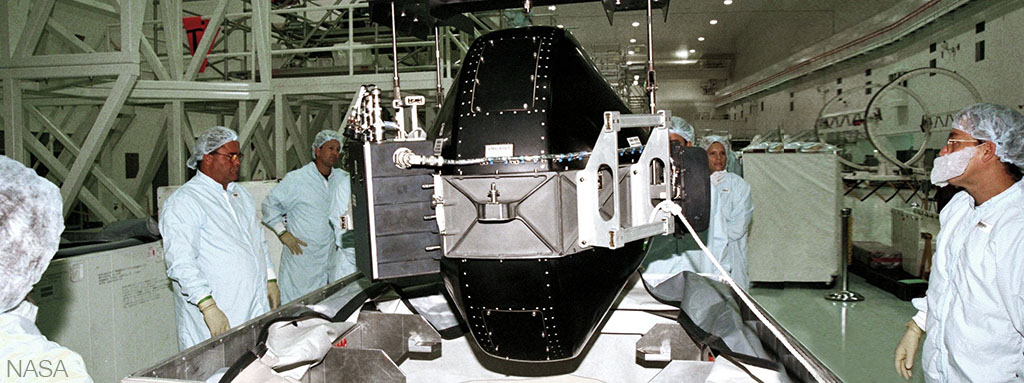It is first necessary to know what a gyroscope is to tackle this topic, since the physical bases of a gyroscope are identical to those present in a gyro test table.
A gyroscope is no more than a disc or wheel with the freedom to rotate so that the axis of rotation can assume any orientation on its own. When it rotates, the orientation of this axis is not affected by the inclination or rotation of the rest of the discs which comprise the gyroscope according to the conservation of angular momentum. Due to this, gyroscopes are useful to measure or maintain a specific orientation.
Having a gyro test bench can make all the difference to reduce development timescales and increase reliability when devising standardised tests.
Thanks to this particular physical characteristic, gyroscopes are today present in most of the electronic devices we use on a daily basis, like smartphones, the vehicle we have just used for the first time at the dealer or the latest action camera we used last week to take shots of an exciting kart race.
But what has all this got to do with the aeronautics? Well, a lot, a great deal in fact. Gyroscopes have become an indispensable device for the airworthiness of any current aircraft, be it piloted or not, to know the aeroplane’s exact altitude at all times and be in a position to take decision with respect of this. Their reliability and accuracy are much more relevant when we are dealing with remotely piloted aircraft systems (RPAS), since the control system depends on the data these small sensors provide.
At this point we can have a better perspective on the great capabilities of the physical phenomenon behind these devices, but what if we turn the applicability of this extended sensor on its head? Well, that is precisely what we attempt to do with the use of gyro test tables: using the gyroscopic effect to make of this particular system a sensor of sensors.
The idea resides in controlling the orientation given to the table’s main axis, which will change its orientation in tune with the device we place on the disc surface or test platform. This allows the response in the face of the changes in orientation of any system or sensor placed on the table to be monitored, allowing their accuracy and proper operation to be checked.
A dual-axis gyro test table is simply not enough to test aeronautical sensors because it is necessary to know their orientation at three coordinate axes.
Due to all this, we are convinced that having a gyro test bench can make all the difference to reduce development timescales and increase reliability when devising standardised tests for the different sensors we work with on a daily basis.



